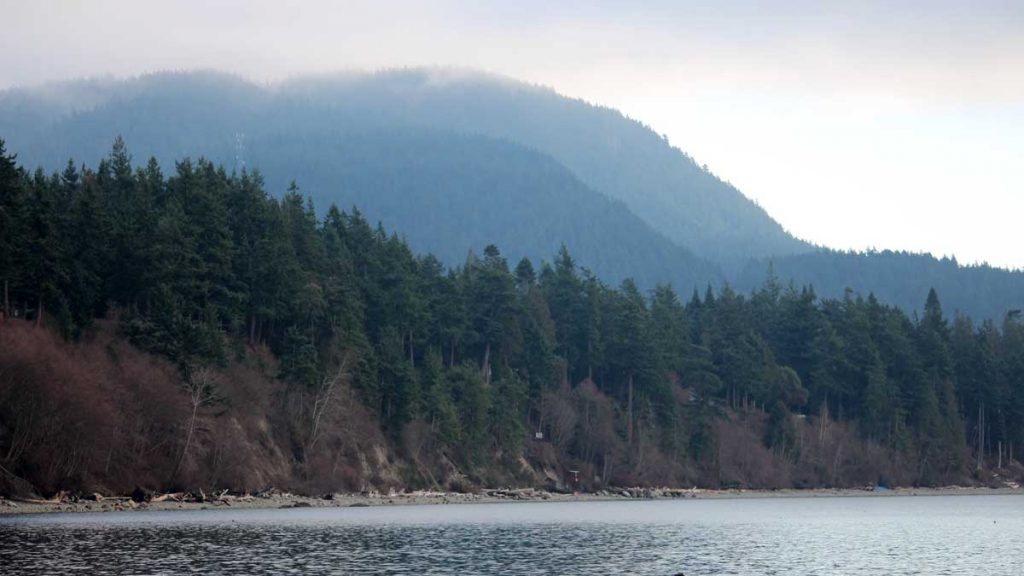
January’s focus is the Natural Areas category of WWRP. Natural Areas grants are vitally important now, as many of our most beautiful areas are threatened with development. We are living in a time when native ecosystems are receding, wildlife habitat is threatened, and migratory pathways are being cut off. The Natural Areas category helps combat this by funding projects that protect wildlife habitat and rare geological features, while maintaining public access for back-country recreation.
Our highlighted Natural Areas project is the Lummi Island Natural Area Phase 1. This project is located on the west side of Lummi Mountain on Lummi Island.
Phase I of the project protected an 80-acre parcel from being logged and developed. The landowners, knowing that the property was in danger of being developed within the next few years, were happy to sell in order to preserve this precious land. Because of an agreement between WDFW and the Lummi Island Heritage Trust (LIHT), a local land conservancy, the long-term preservation of this land was secured. LIHT is broadly supported by the local community, and volunteered to monitor access to the land at no cost, as well as facilitate research and educational opportunities.
The project area contains seven WDFW priority habitats, including mature Douglas fir forest, snag-rich areas, cliffs, caves, talus, wetlands, and vegetated marine shoreline. It also includes nesting habitat for several species of concern, and an important Puget Trough native plant community.
The Washington Department of Fish and Wildlife plan to used a second Natural Areas Grant to complete the Lummi Island Natural Area Preserve (NAP) and to leverage protection of 355 additional acres by private partner organizations. Once completed, this two-phase project will leverage more than $2 million in private funds and create one of the largest contiguous protected areas in the San Juan islands.
